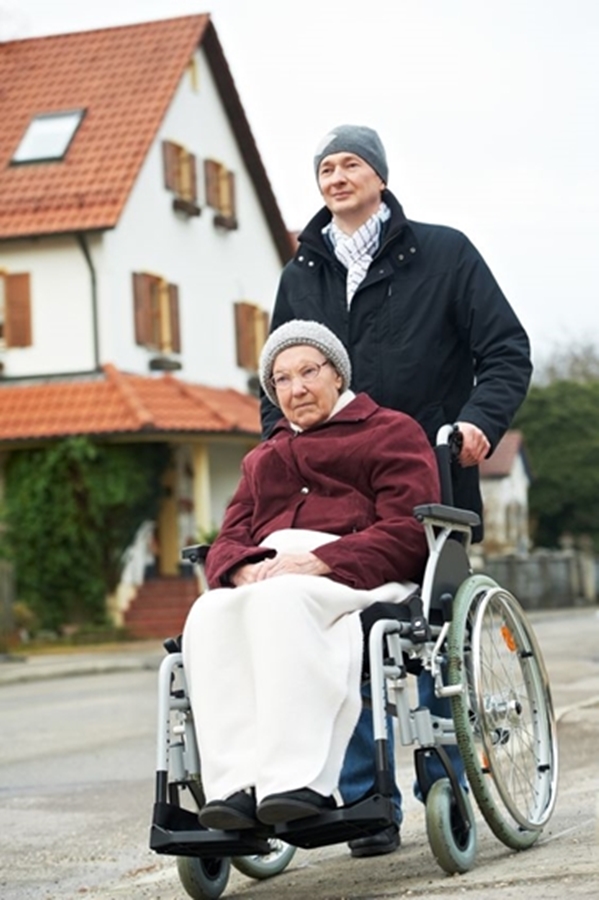Many faiths provide religious training to their members in a classroom setting. Many members attend these classes, including those with chronic health conditions. Rarely do the instructors know who in the class has medical conditions that might require particular medical intervention or what to do should a need arise. The assumption is that the instructor will call 9-1-1 and support the individual until help arrives. However, a lot can happen between a phone call and the arrival of EMS. Lead teachers should know if anyone in their class is at risk for a medical emergency and how to intervene until help arrives. An emergency response card with the student’s name, who to contact in an emergency details, allergies, and special instructions should be available for each instructor.
A lock box in each classroom with a key available for pick-up by whichever teacher would be ideal. For each scheduled class, whoever has the class that day can pick up the key and have it available in case it is needed. This system allows for privacy, easy access, and the option to have a spare key in one location if one gets lost.
If a person has a medical condition requiring periodic intervention, they notify their teacher. They should provide enough information so the teacher can recognize the signs and symptoms, pointing to the need for intervention. Their training should include the steps to take for intervention, how to tell if it’s effective, and whether to call 9-1-1 or if this is something that resolves itself.
Examples of conditions that could need intervention include but are not limited to the following:
Condition | Signs & Symptoms | Intervention |
Autism | Restlessness, getting up, singing a mantra, walking in a pattern, bouncing ball, spinning top, repetitive motions. | Leave them alone. Stemming (the repetitive actions listed above) soothes and comforts autistic individuals. It helps calm them. If you try to stop them, they may have an emotional breakdown. |
Asthma Attack | Struggling to breathe, lips turning blue, high-pitched wheezing noise as air moves in and out of their airway | If they have an inhaler, help them to use it. Call 9-1-1. Help ensure the clothing around their airway is loose, and nothing obstructs their airway. Find out what caused the reaction and remove it if it’s still present. If they have oxygen with them, use it. |
Diabetes | Becomes sleepy, sweating, slurred speech, acts intoxicated | They need glucose asap. If they have their glucometer, take blood sugar and find out how low. If they are still able to eat, get them to eat something. If unconscious, call 911 and try rubbing syrup sugar between teeth and gum |
Epilepsy | Tremors, shaking, staring, drooling, unconsciousness | Help them to a safe position. Position their head for easy breathing. If they have medication to take, it is usually placed under their tongue or on their cheek. Watch for safety as they move to keep them from getting hurt |
Stroke | There is weakness on one side, a drooping mouth, difficulty smiling or speaking, arms not equally rising, and difficulty walking. | Call 9-1-1 |
Heart attack | Pain radiating up the left arm or across the chest, shortness of breath, nausea, sense of impending doom, | Call 9-1-1 |



